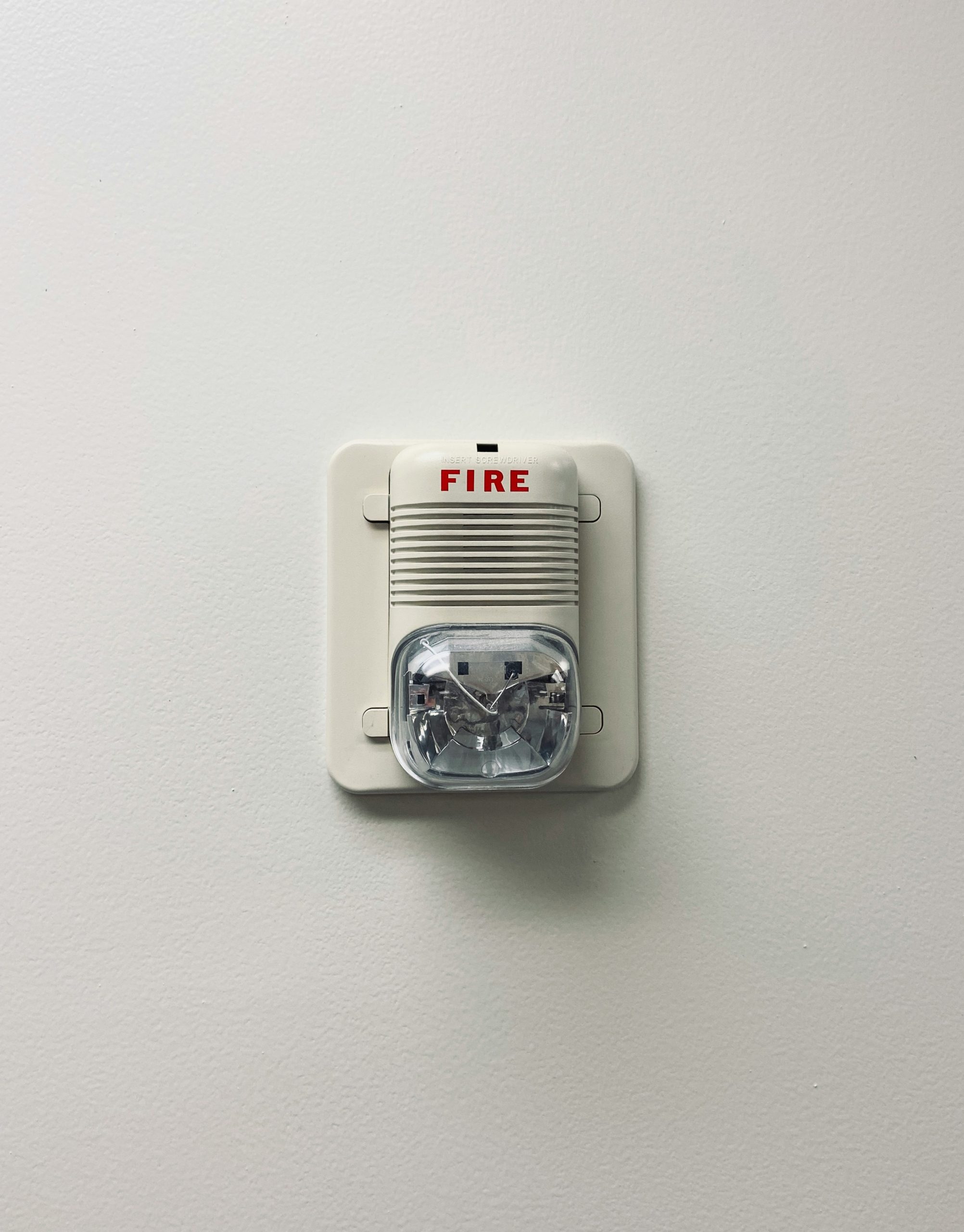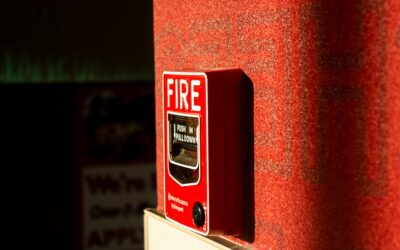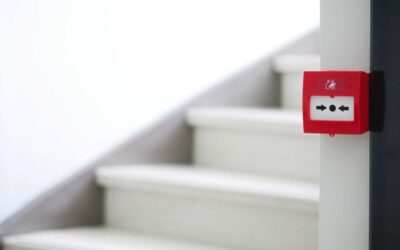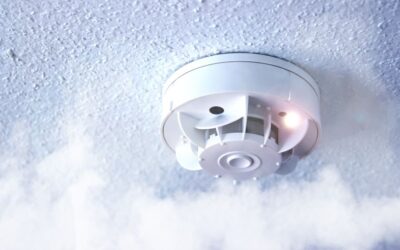A grading system shaped by the requirements of the British Standards is used to indicate the suitability of different fire alarm systems for different buildings. Most commercial premises will require a Grade A fire alarm system.
As well as a grading system, there is also a level system that refers to the range of detection and alarm capabilities provided within a building. These levels are outlined in BS 5839, and they determine how the system is equipped to detect fires and how alarms will notify occupants of an incident.
What is the highest level of fire alarm available, and what level of system will you need for your premises?
The fire alarm level system
There are three levels of fire alarm systems in the UK:
- L1
This is the highest category, offering the most comprehensive coverage. An L1 system will typically be installed in high-occupancy or complex commercial buildings where the earliest and most extensive warning of a fire is required. High-rise buildings, shopping centres, and complex industrial premises will all typically require an L1 fire alarm system.
- L2
An L2 fire alarm system is suitable for buildings with specific fire risk factors or areas that require enhanced protection. It provides automatic fire detection in defined parts or zones of the building. The zones are typically determined based on factors like fire hazards, occupancy, or critical areas.
- L3
An L3 fire alarm system provides less coverage and will typically be found in smaller or lower-risk buildings where comprehensive coverage is not required. It provides detection in escape routes and circulation areas such as corridors, stairways, and lobbies.
What is the highest level of fire alarm system available?
A Grade A Level 1 fire alarm system provides the highest level of protection in large or complex buildings, or those with high-occupancy rates. It will typically include a central fire alarm control panel capable of monitoring all fire detection devices, such as smoke, heat, or multi-sensor detectors.
Detectors will usually be spread throughout the building and will be in most rooms. Accessible locations will also feature manual call points that allow the building’s occupants to raise the alarm in case of an emergency.
A Grade A Level 1 fire alarm system will feature both audible and visual alarms that are capable of alerting everyone in the building, including those who may have hearing impairments. A backup power supply means that the system will still protect the building and its occupants in the event of a power outage.
The system can also be interconnected with other safety measures such as automatic fire suppression systems, emergency lighting, and smoke ventilation.
Which type of fire alarm system do I need?
Your particular requirements when it comes to a commercial fire alarm system will depend on your building, its size, layout, and usage patterns. Most commercial buildings will require a Grade A system to be safe and compliant. A professional fire alarm installation team will be able to conduct a thorough site assessment and provide tailored advice about the type, grade, and level of system that will provide optimal safety.
Professional fire alarm advice, installation and maintenance
At Protive, we provide a comprehensive fire alarm system installation and maintenance service for residential and commercial properties. We can advise about the best choice of system for your property, and then design and install that system to the highest professional standards.
Contact our experienced team for further advice and to receive an accurate quotation.





